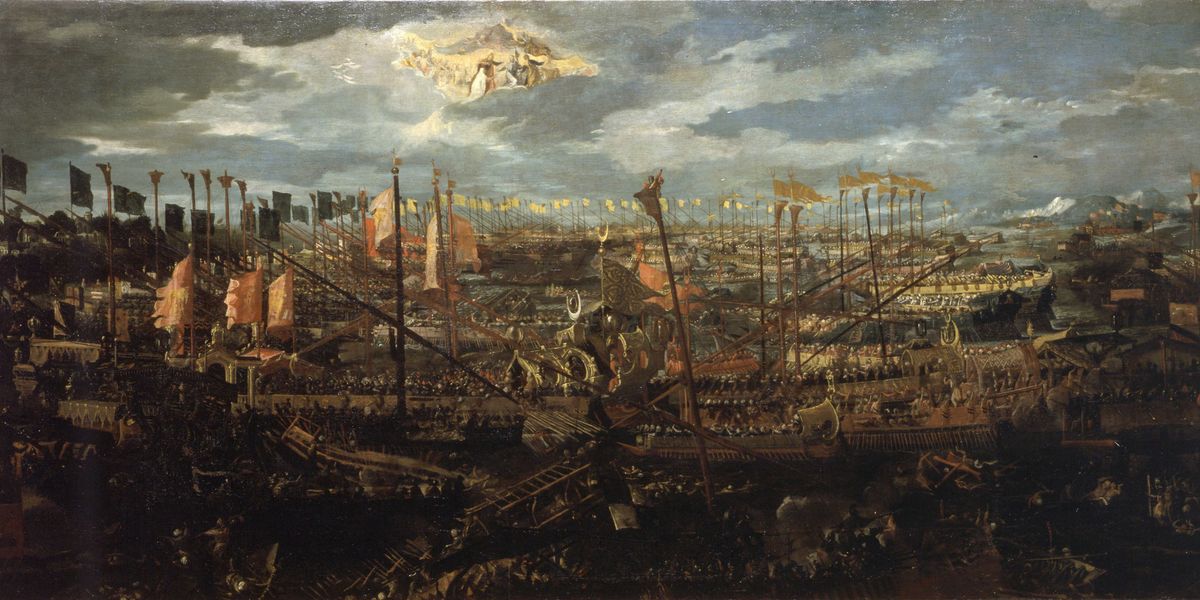

On September 16, 1571, the 212 ships of the Holy League set out from Messina, Sicily. The ships carried 40,000 sailors, 35,000 soldiers, and the hopes of Christian Europe. Led by Don John of Austria, they headed for the Gulf of Patras in Southern Greece.
Their target? The 278 war galleys and 67,000 men composing the war fleet of the Ottoman Empire under the command of Muezzinzade Ali Pasha. On October 7, the two armadas met in the largest naval engagement since the Battle of Salamis in 480 B.C. The result changed the course of history.
The wind was against the Christians, leaving them scrambling to form a line of battle before the Ottoman galleys closed in.
The Battle of Lepanto stands as a decisive point in a thousand-year conflict between Christian Europe and the Islamic empires of the east.
Rise of the Ottoman Empire
Islam began its expansion in 622. Only a hundred years later, it had conquered all of the Middle East and North Africa. The Christian cities of Jerusalem, Antioch, Alexandria, Hippo, Tunis, and Carthage had fallen, as well as all of Spain.
The Crusades managed to slow and even push back some Islamic advances but were ultimately a failure. By 1291, the last Christian stronghold in the Holy Land had fallen. The next 200 years saw the rise of the Ottoman Empire and the continued advance of Islam, culminating in the fall of Constantinople in 1453 and the capture of the Balkans by 1475. The only bright spot was the Spanish Reconquista, returning the country to Christianity by 1492.
The 16th century started with more Christian defeats. Rhodes fell in 1522, and the Christian forces suffered a crushing defeat at the Battle of Preveza in 1538, ceding control of the Eastern Mediterranean to the Ottomans.
Famagusta falls
In 1565, something changed. Against all odds, the Knights Hospitaller held out during the Siege of Malta and handed the Ottomans their first real defeat in the Mediterranean. Then came the fateful year: 1571.
It did not start out well. Early in the year, Ottoman ships raided the Adriatic coast, venturing closer to Italy. In August, the fortress of Famagusta — the last Venetian stronghold on the island of Cypress — fell after a 10-month siege. After initially promising safe passage, the Ottomans slaughtered the remaining Venetian soldiers and subjected their leader, Marcantonio Bragadin, to brutal public torture and execution.
 White Bastion, old town walls, Famagusta, North Cyprus. Heritage Images/Getty Images
White Bastion, old town walls, Famagusta, North Cyprus. Heritage Images/Getty Images
The Holy League
Meanwhile, Pope Pius V had called together the Holy League — an alliance of Christian forces, including the Spanish Empire, the Republic of Venice, the Holy Roman Empire, and the Papal States. Led by Don John of Austria, the League assembled its armada at Messina. The night before they set out, Don John ordered the celebration of holy Mass and the hearing of confessions throughout the fleet. Pius V granted a plenary indulgence to all who took part in the campaign and gave a consecrated papal standard to Don John, who flew it from his flagship, the Real.
RELATED: What's so great about 'separation of church and state'?
 Pictures from History/Getty Images
Pictures from History/Getty Images
The soldiers and sailors of the Holy League had no doubts about the nature of their mission. Every ship in the fleet had a crucifix prominently displayed aboard, as well as images of the Virgin Mary and other religious items.
Legend has it that a copy of the image of Our Lady of Guadalupe, a gift from the Archbishop of Mexico, was carried aboard a Spanish galley. Bolstered by faith and incensed by the news of the Ottoman brutality at Cypress, the Holy League set out from Messina and reached the Gulf of Patras on October 6.
Preparing for battle
The next day, the two armadas slowly moved toward one another, creeping across the waters of the narrow strait between the Gulfs of Patras and Corinth. Hundreds upon hundreds of ships were arrayed in lines, stretching for miles, as the two fleets closed in. Banners fluttered as the rowers moved the galleys forward. Prayers were uttered as the thousands of soldiers, gunners, and sailors prepared for battle. The wind was against the Christians, leaving them scrambling to form a line of battle before the Ottoman galleys closed in.
 Illustration depicting a type of Venetian galley used in the Battle of Lepanto. Photo: 12/Getty Images
Illustration depicting a type of Venetian galley used in the Battle of Lepanto. Photo: 12/Getty Images
Meanwhile, back in Rome, Pius V prayed without ceasing. He had called upon all of Europe to join him in praying the rosary, imploring the Blessed Mother to aid the Christian forces in battle. On October 7, he led a procession through the streets of Rome, praying the rosary with the people of the city.
At Lepanto, the two fleets drew closer and the wind shifted in favor of the Christians, allowing them to take their positions before reaching the enemy. As the two fleets clashed, the Christian strategy paid off immediately. The Venetians, experienced sailors filled with rage at the treatment of their compatriots at Famagusta, shattered the Ottoman line and threw the fleet into disarray. In the center, the six galleasses — newer, large ships with heavy armaments — dealt crushing damage to the more vulnerable Ottoman galleys, breaking up their formations and allowing the Christian galleys to ram and board them.
Our Lady of Victory
In four hours, it was all over. The fury of the Venetian attack decimated the left wing, and the center collapsed under the relentless fire from the galleasses and the ferocity of the soldiers disgorged from the Christian galleys. The climax of the battle came when the Ottoman flagship Sultana rammed the Real and fierce hand-to-hand fighting broke out. The Real was in danger of falling when the papal commander, Marcantonio Colonna, brought his galley alongside and mounted a counterattack. Ali Pasha was killed, and the papal standard was hoisted over the captured Sultana.
New of the victory reached Pius V as he was praying the rosary in the Church of San Sabina, according to his biographer. He is said to have wept with joy and pronounced, "There was a man sent from God whose name was John" in reference to John 1:6. The pope ordered immediate celebrations, Masses in thanksgiving, the ringing of bells across the city, and the singing of the Te Deum.
Crediting the intercession of the Virgin Mary for the victory, Pius V established October 7 as the Feast of Our Lady of Victory. Today, it is celebrated as the Feast of the Most Holy Rosary.
The defeat was crushing for the Ottomans: 187 ships destroyed or captured, over 20,000 men dead. Although they rebuilt their fleet, they never managed to pose another serious threat to the Western Mediterranean.
 Painting depicting the victory of John III Sobieski (1629-1696), king of Poland, against the Turks at the Battle of Vienna. Universal History Archive/Getty Images
Painting depicting the victory of John III Sobieski (1629-1696), king of Poland, against the Turks at the Battle of Vienna. Universal History Archive/Getty Images
The struggle between Christian Europe and the Ottoman Empire was far from over. It would be another 112 years before the land-battle equivalent of Lepanto — the Battle of Vienna — would signal the end of Ottoman expansion. Lepanto, however, served as a critical turning point, showing that Europe, when united under its Christian faith, could drive back a seemingly invincible foe.
Zeal for Christ
The lessons of the Battle of Lepanto are simple yet profound: Remember our heroes, honor their accomplishments, and never forget the source of their strength and zeal.
The heroes of Christendom were bold men who achieved the impossible against overwhelming odds. From Charles Martel’s ragged band turning back the Islamic conquest of Spain and beginning the 781-year Reconquista to King John Sobieski III’s thunderous cavalry charge that broke the siege of Vienna, these were leaders of courage and conviction.
Yet more important than the men themselves was the source of their victories: their Christian faith. Constantine’s soldiers bore the cross of Christ on their shields; centuries later, the sailors at Lepanto displayed the same cross on their ships. It was that faith that gave them strength to fight and to win — and it is that same faith that can give us strength to face and triumph over our own battles today, great or small.
.png)
 5 hours ago
2
5 hours ago
2

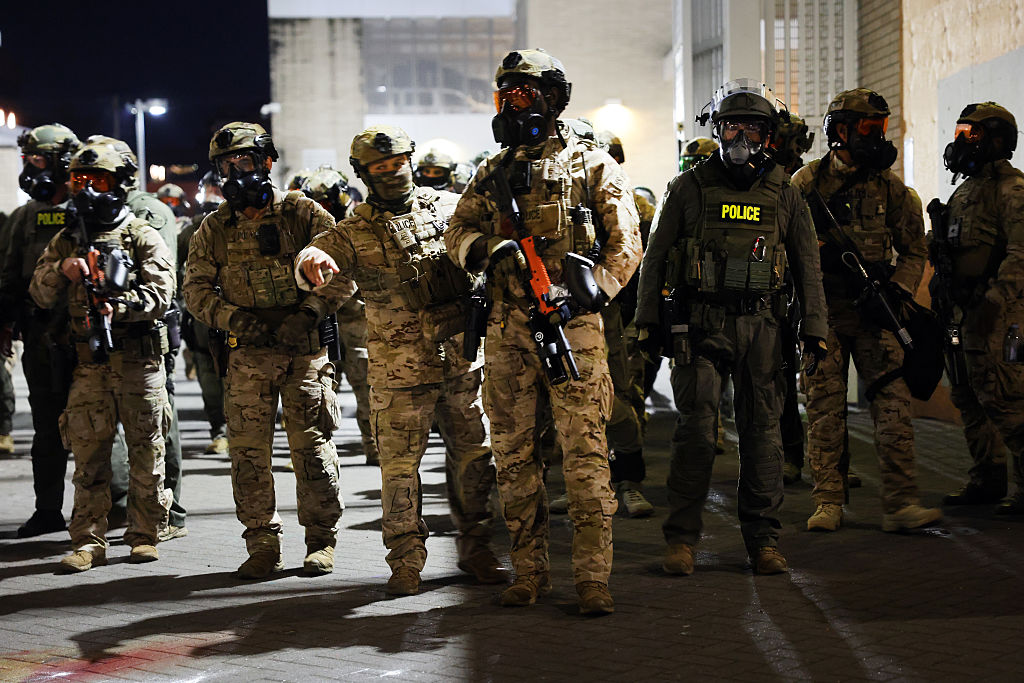



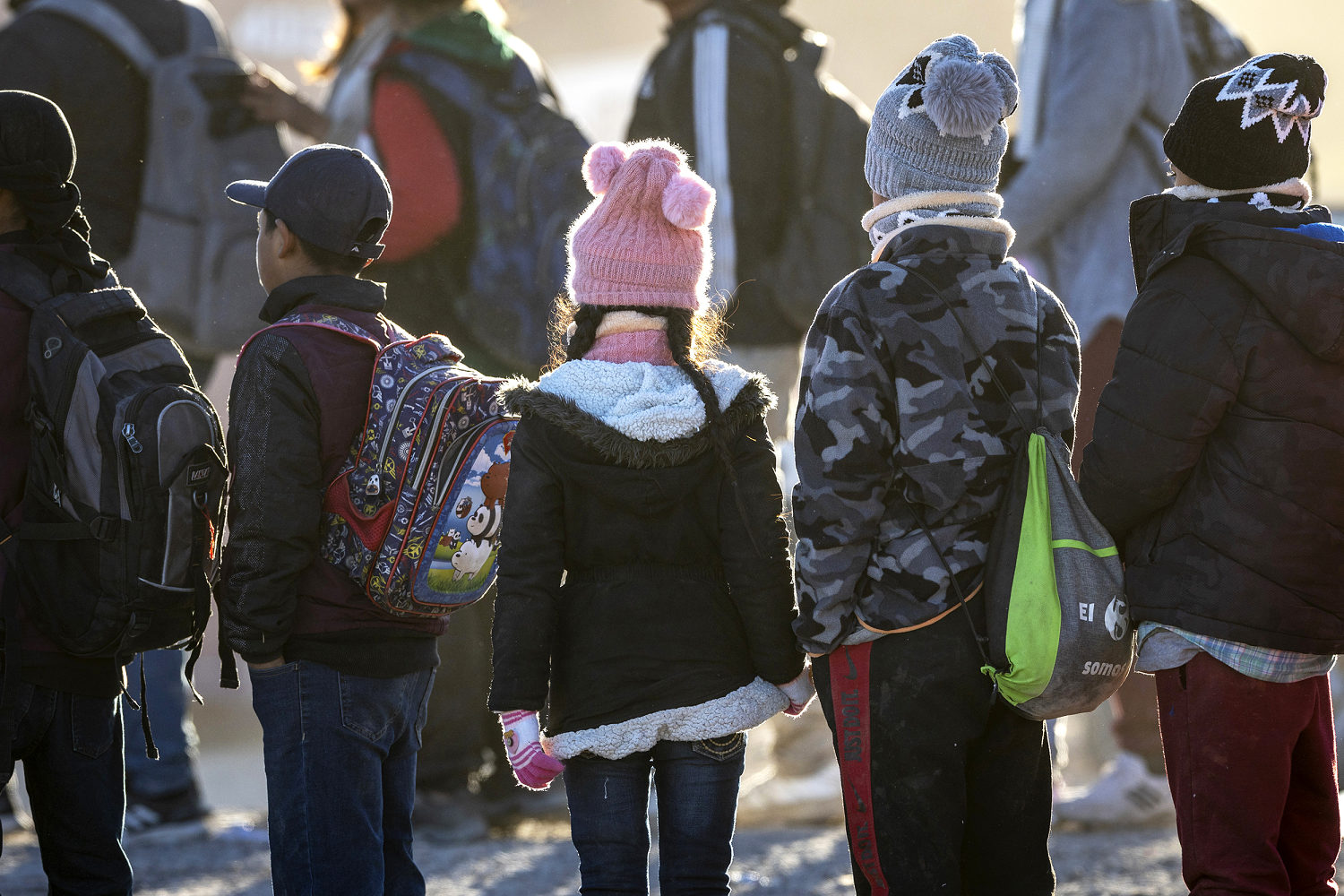

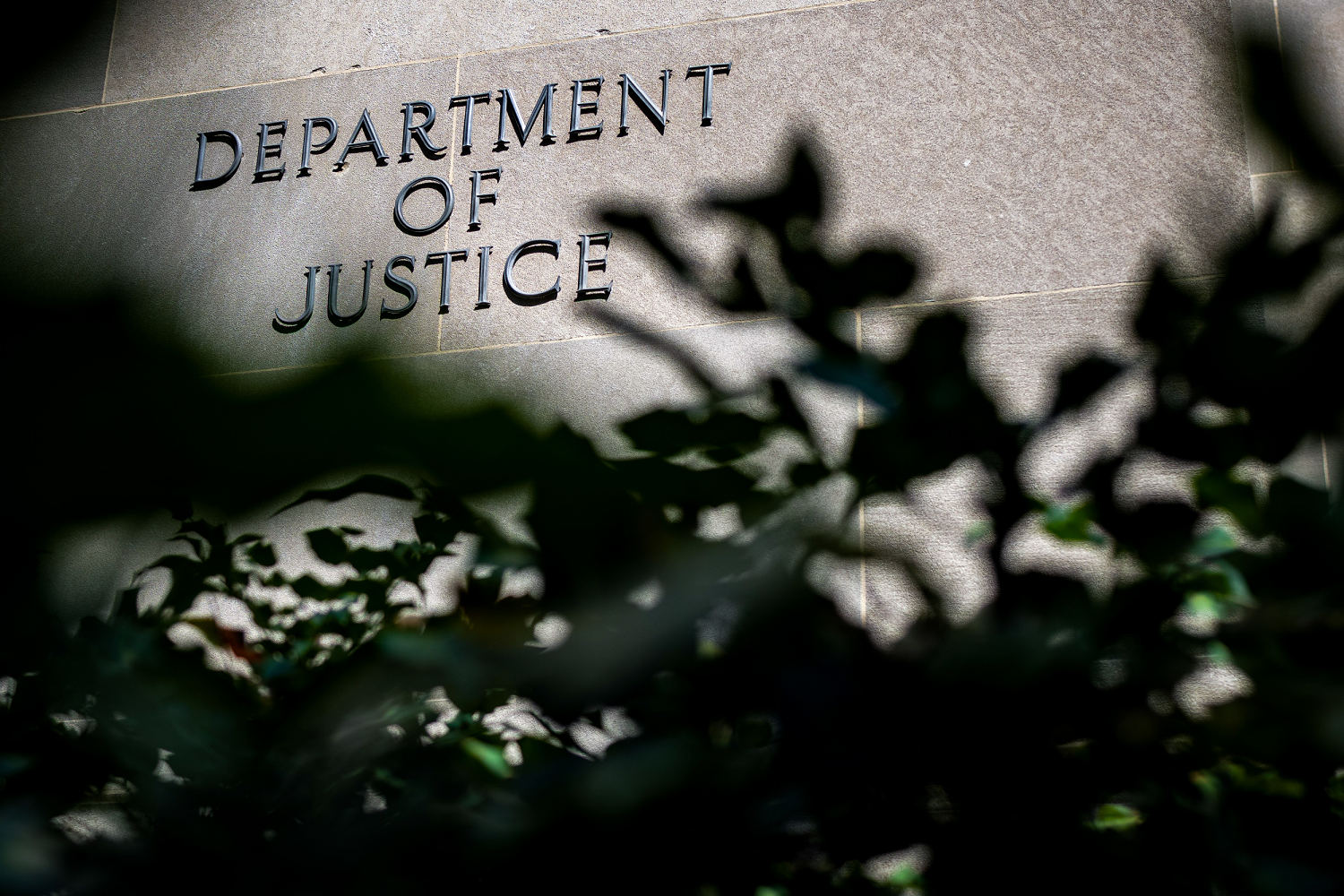

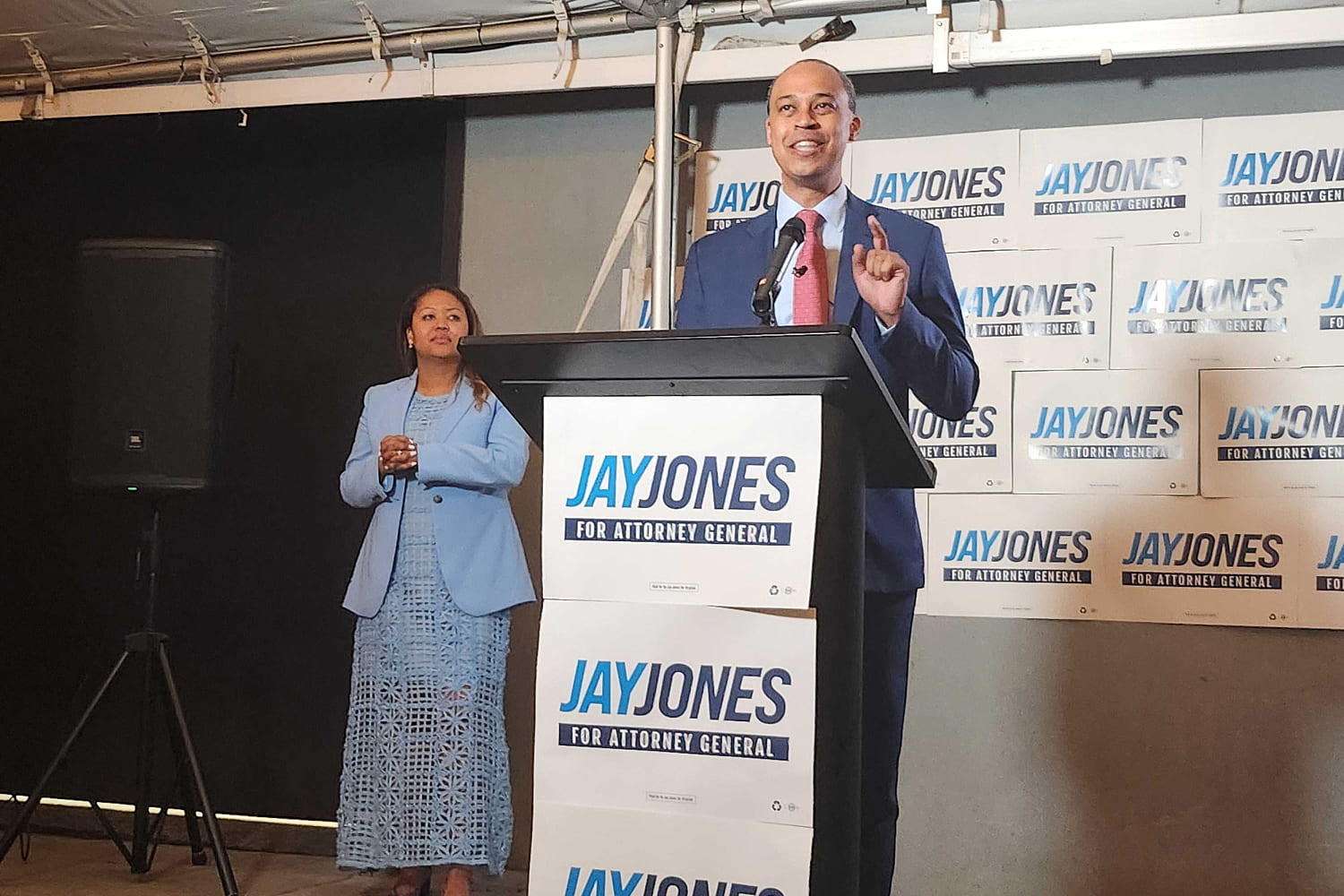


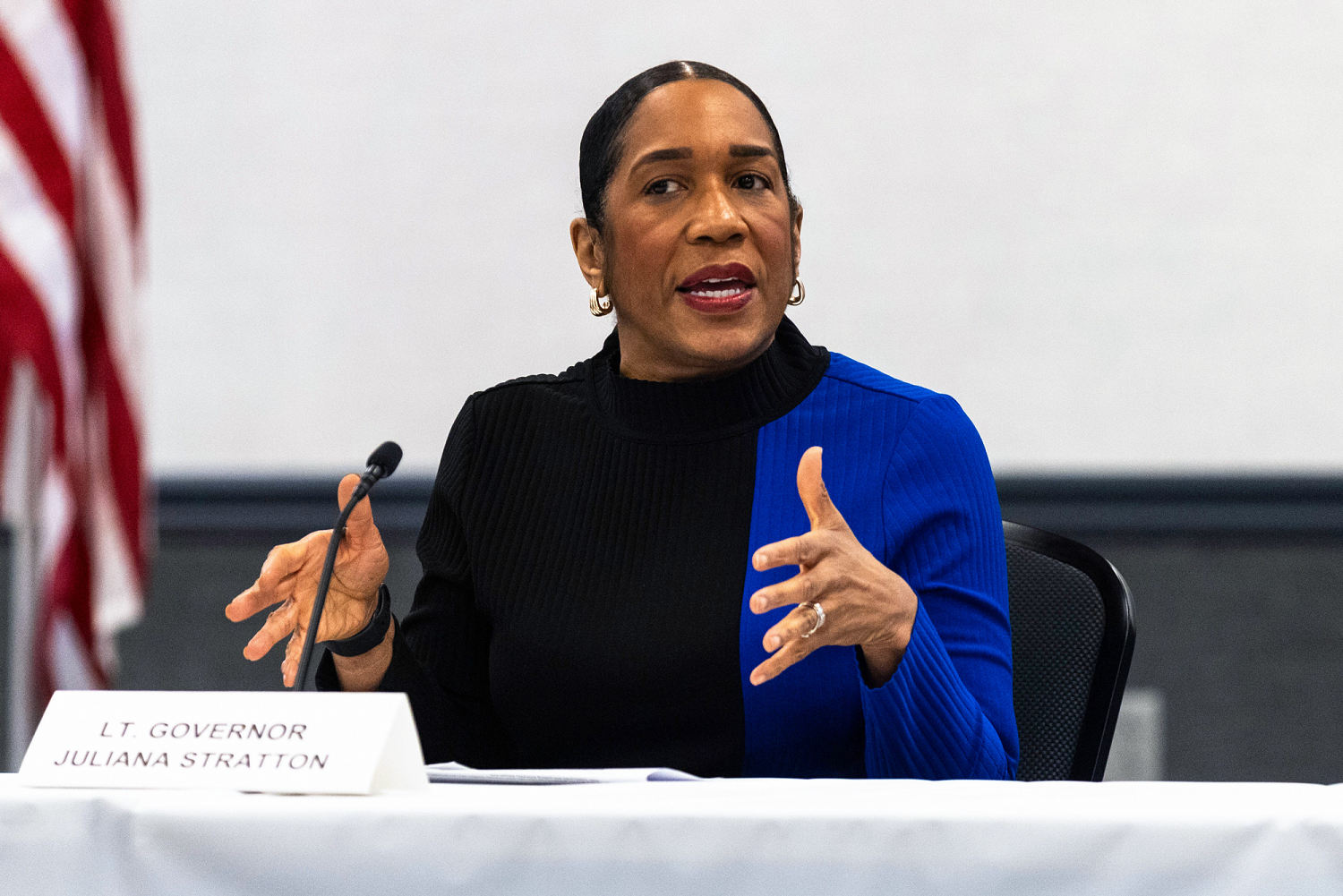


 English (US)
English (US)